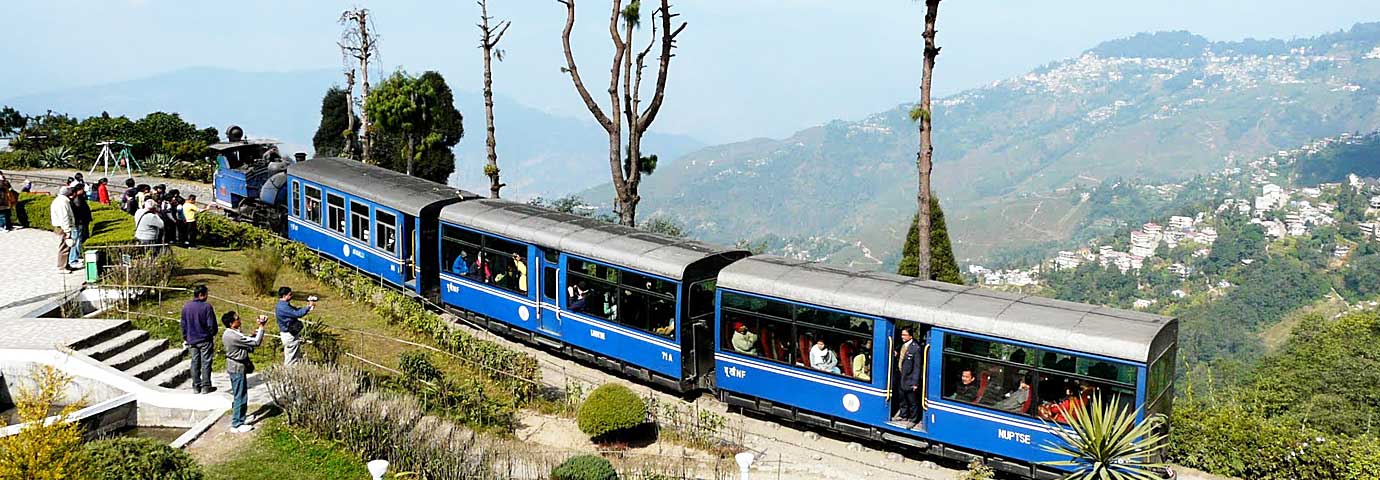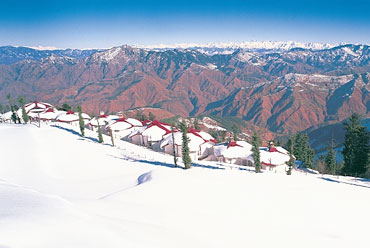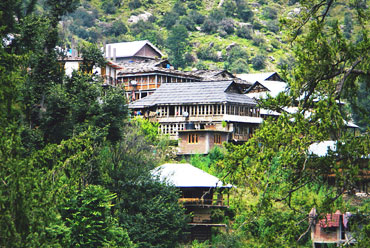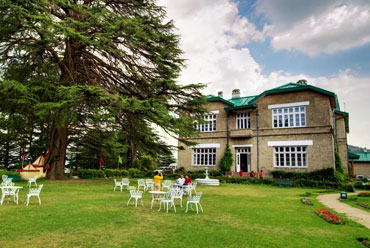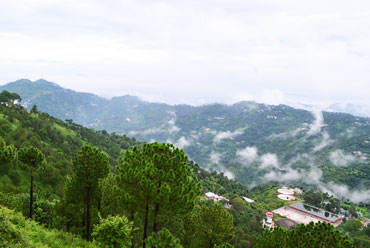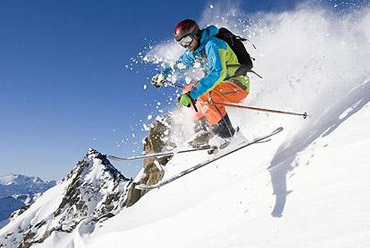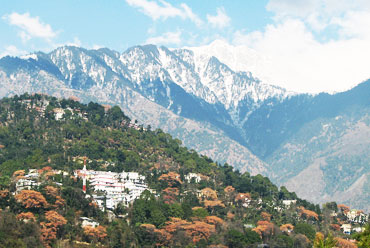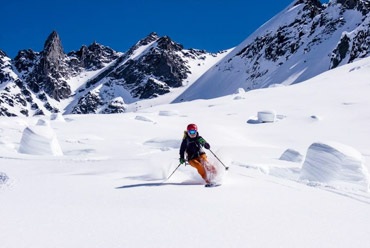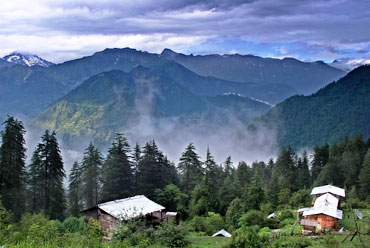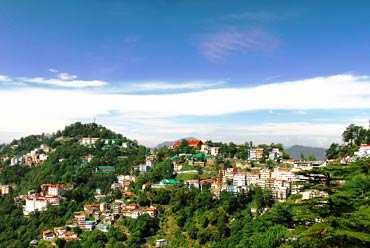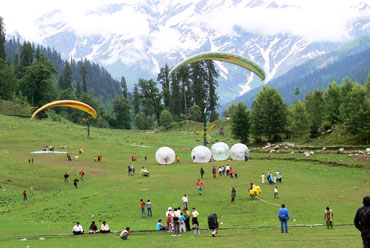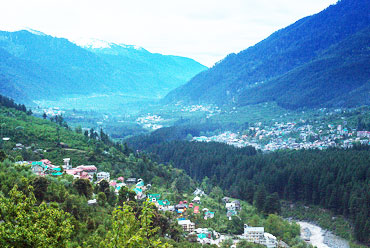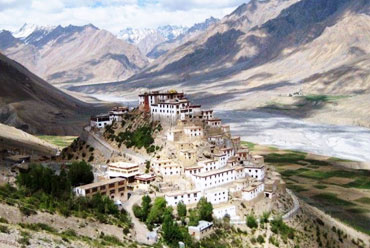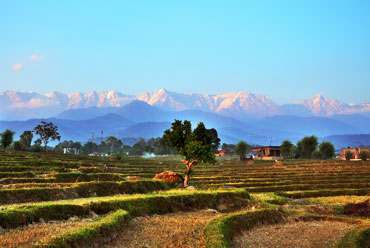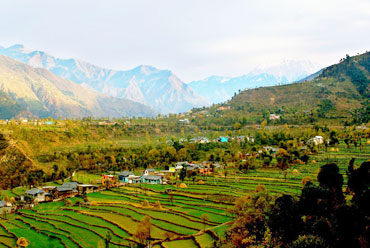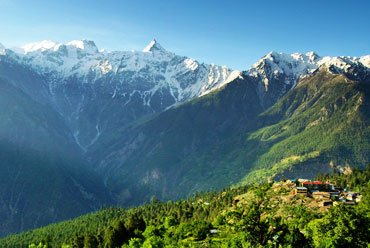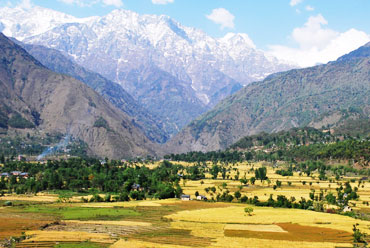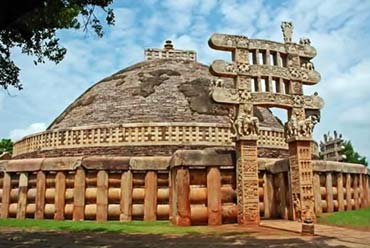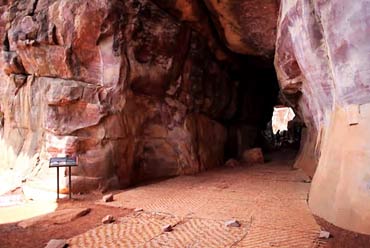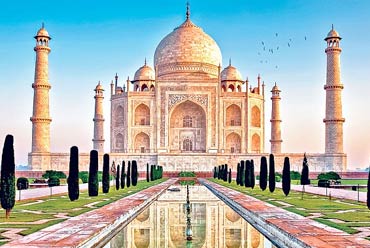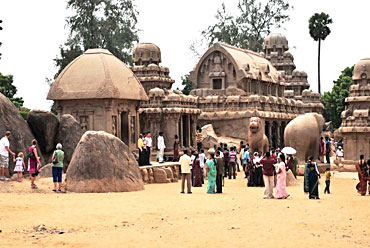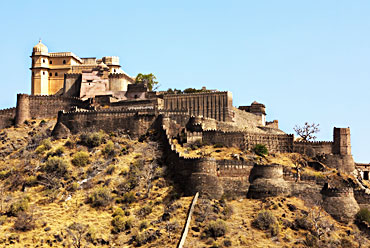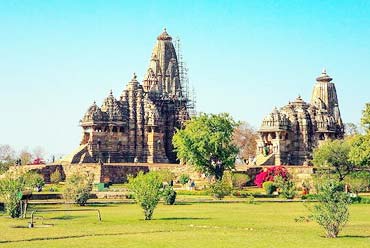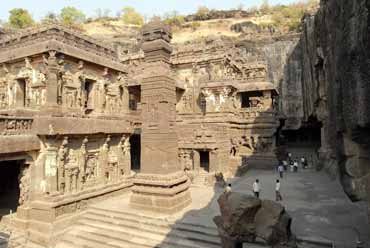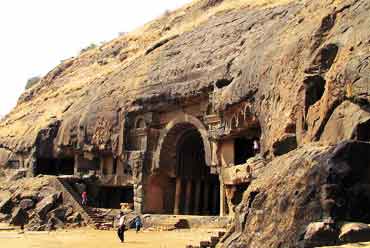Mountain railways of India are scenic voyages on the narrow gauge railway lines in the beautiful mountain ranges of the country. Built during the nineteenth and early twentieth century of British colonial rule, the Mountain Railways offers leisurely ride with breathtaking view. India has six mountain railways to be proud of. Only three of the railways have been given the status of UNESCO World Heritage Sites.
The Darjeeling Himalayan Railway, the Nilgiri Mountain Railway and the Kalka–Shimla Railway have collectively been designated as a UNESCO World Heritage Site. Matheran Hill Railways, Kangra Toy Train and Kashmir Railways are the other mountain tracks traversing through the mountain ranges of India. These lines connect the scenic hill stations with the foothills. These tracks wind their way up through rugged yet scenic mountainous landscape. Given the rough terrain these railways are outstanding examples of engineering marvels. Tunnels, bridges, tracks of the rails are all a rare feat. A ride through these peaceful environs on a narrow gauge train track at a soothing pace is a pure delight.

